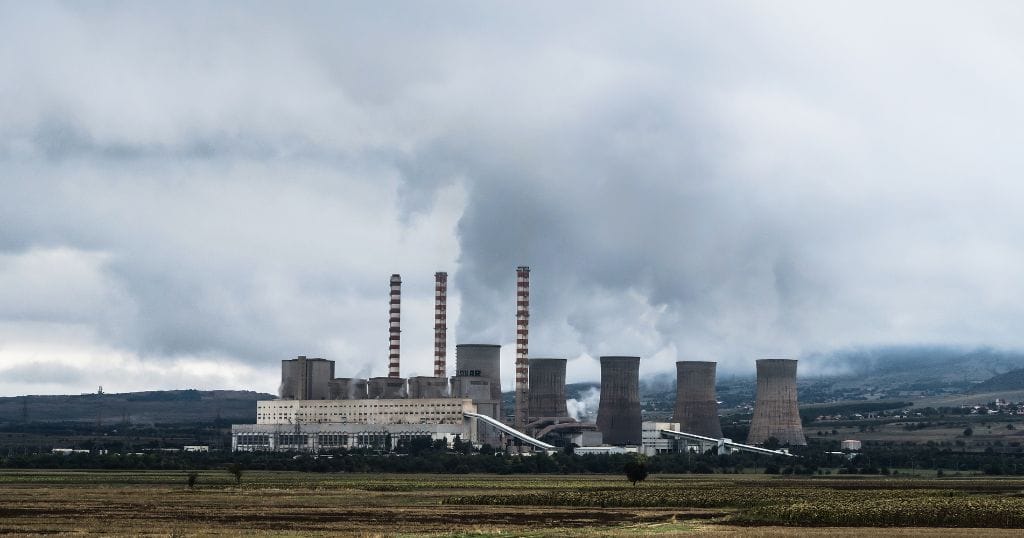- By Zeta Cross | The Center Square contributor
Illinois’ biofuel industry continues to expand and create more jobs every year, a new report by the Department of Energy has found.
In 2021, 307 new jobs were added in Illinois, an increase of 4.6% over 2020, the 2022 United States Energy and Employment Report (USEER) said.
Dave Loos, director of research and business development for the Illinois Corn Growers Association, said that job opportunities in Illinois will continue to increase thanks to biofuels such as ethanol.
“From truck drivers to construction to engineering and the biosciences – there’s all kinds of opportunities in a growing ethanol industry,” Loos said.
The federal government is set to announce $100 million in funding to encourage more gas station owners to provide gasoline with a 15% blend of ethanol to motorists – an increase of 5% over the regular E10 gasoline blend that most U.S. drivers buy. The cleaner burning, high-octane E15 blend will be cheaper for consumers by five to 10 cents per gallon over the cost of regular 87 octane gas, Loos said.
A higher blend of ethanol in gasoline is a win for consumers, a win for climate change and a win for national security, Loos said. Even so, barriers remain before the ethanol industry can unlock all the opportunities that expanded ethanol use can deliver, Loos said.
“We need to be able to grow the ethanol industry to provide all the benefits that ethanol has for the consumer,” he said.
Ethanol producers would like to see E20, or 20% ethanol blend gasoline, available to consumers by 2026. For that to happen, car manufacturers need to make flexible fuel vehicles that can run on gasoline with higher ethanol blends. And more gas stations need to make modifications to be able to provide the cheaper E20 blends of gasoline that consumers want.
U.S. Rep. Cheri Bustos introduced The Next Generation Fuels Act in Congress, which has 24 co-sponsors, to take down barriers to ethanol use, Loos said. If the bill passes, ethanol production will get the boost it needs, Loos added.
“There are opportunities out there that are not being realized because federal policy is not set up to encourage that transition to higher blends of ethanol into the marketplace,” he said.
Illinois has 13 ethanol plants that can produce 1.6 to 1.7 billion gallons of ethanol annually.
“That is 40% of the gasoline that we use in Illinois every year,” Loos said.
Beyond gasoline blends for motor vehicles, there are many more uses for ethanol. Loos expects the ethanol industry in Illinois and throughout the Midwest to build more carbon capture projects.
“These carbon capture projects are going to be tremendous opportunities for future employment,” Loos said.
A lot of products that have traditionally been made with petroleum can be made with low carbon footprint ethanol, he said.
“Just about anything that can be made from a barrel of oil, can be made from a bushel of corn or a bushel of soybeans,” Loos said.
Insulation and biodegradable plastics are two examples.
One of the more exciting new uses for ethanol in the near future is sustainable aviation fuel, Loos said
“Ethanol can be converted into a sustainable aviation fuel that is very close to what the airlines are using now,” he said. “Several of the ethanol plants in Illinois are looking at developing a facility to process ethanol for use in sustainable aviation fuel.”
This article originally appeared on The Center Square.






